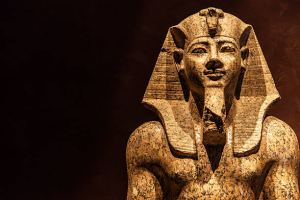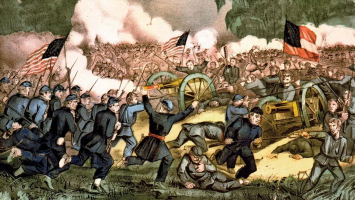Top 10 Fascinating Facts about the Neanderthals
In all of Eurasia, Neanderthals first appeared about 200,000 years ago. They were given the name Neander Valley after the German region where the earliest ... read more...archaic human remains were discovered. Nobody should be surprised that our perception of Neanderthals isn't entirely true given their common moniker of "cavemen." Contrary to popular belief, Neanderthals weren't just savage, hairy brutes struggling to survive. We have started to correct our previous misconceptions and understand a lot more about our distant cousins, the Neanderthals, who are the closest extinct ancestors we have. What we've learned reveals how similar they were to contemporary people. Although stockier, shorter, and with more pronounced facial characteristics than we have, Neanderthals resembled us in appearance and also shared certain remarkable traits with us in terms of lifestyle. The misunderstood ancestors of modern humans, the neanderthals, are now acknowledged to have been bright thinkers, fearless hunters, and lovers of the arts. That, however, is merely the top of the iceberg.
-
An unexpected connection between Neanderthals and a number of diseases and variations that affect modern people was found by Harvard researchers in 2014. According to studies conducted by Harvard Medical School, modern people acquired Neanderthal genetic material through interbreeding and cohabitation.
While it is true that Neanderthals are extinct today, their genetic material is still present in non-African individuals, who typically have an average of 2% Neanderthal genomes in their modern human genomes.
Some of the genetic variations in homo sapiens affect our propensity to develop illnesses like type 2 diabetes, lupus, Crohn's disease, biliary cirrhosis, and even our smoking habits. Beyond illness, it may also contribute to infertility or the features of our skin and hair.
This is not to suggest that every gene passed down from Neanderthals to modern people is inevitably harmful. Due to ongoing research, we currently don't even fully understand the results. Regardless, it is certain that humans carried a portion of this largely misunderstood former human species into the future through interbreeding and the process of adaptive introgression.
Tom Bilyeu channel on Youtube Global Health Media channel on Youtube -
The disappearance of Neanderthals has been connected to the effects of climate change, which may serve as a warning. Although there are competing explanations for what happened to Neanderthals and why they vanished, one idea contends that climate change was the main factor.
Even while the environment was changing at a far slower rate than it is now when they lived, the changes were nonetheless severe enough to drastically reduce the number of species. Extreme examples of a dry climate and a cold climate alternated in Eurasia at different times. According to theory, this catastrophe not only decimated the Neanderthal population but also had an impact on animal populations, migration patterns, and hunter behavior.
According to the opposite hypothesis, the population of modern humans and Neanderthals dwindled over numerous generations until it vanished as a result of mating. The fact that more modern humans were migrating to Eurasia helped with this.
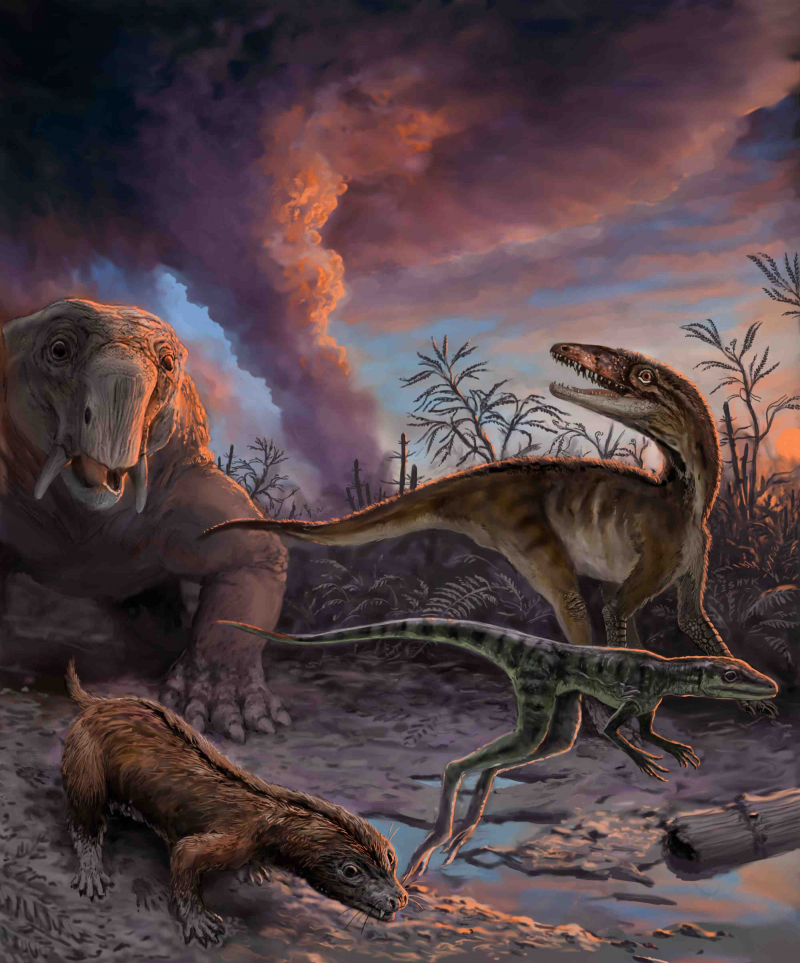
http://www.idean.gl.fcen.uba.ar/ 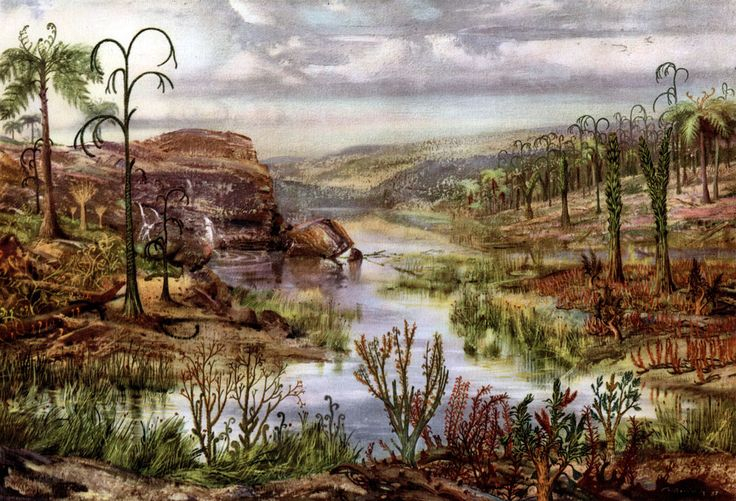
https://www.pinterest.com/ -
More than 100,000 years ago, early modern people left Africa. In Eurasia, they would eventually come into contact with Neanderthals. The complete genome of Neanderthals was first sequenced in 2010. They found evidence supporting the theory that these two subgroups of the human species did indeed marry when they found that trace amounts of Neanderthal DNA persisted in modern humans.
Since the discovery was made in 2010, it has been further investigated, and the researchers discovered that while the inherited DNA is present in modern Europeans and Asians, it is absent in modern Africans. The first time this contact took place was between 50,000 and 65,000 years ago, according to a specific DNA analysis of a Romanian modern person who is 45,000 years old.
Although studies have demonstrated that mating took place, the precise mechanism is still up for debate. Only the primary source of interbreeding between Neanderthal men and modern women has been shown by evidence. That's not to say the opposite isn't conceivable, but it was less likely because children born to neanderthal mothers would have had a stronger neanderthal gene.
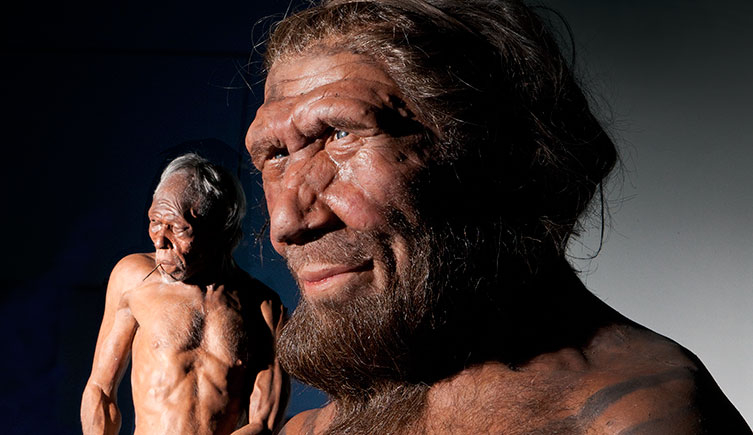
http://www.nhm.ac.uk/ 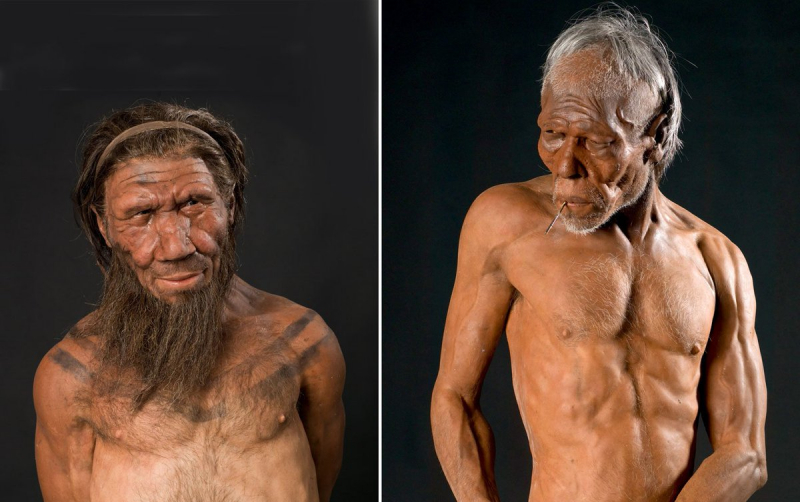
https://www.reddit.com/ -
The notion of creating graves to bury the deceased was long believed to have originated with contemporary humans. However, throughout time, evidence has emerged that suggests Neanderthals may have also deliberately buried their dead.
When a Neanderthal tomb was uncovered in the south of France in 1908, this was first found. Well-preserved bones were discovered inside. Skeptics disagreed with the claim made by the finders of these bones that Neanderthals purposefully buried their dead.
Seven caves spanning the La Chapelle-aux-Saints, where the discovery was made in 1908, were unearthed between 1999 and 2012. They discovered many bones in the caves, including reindeer, two children, and an adult. The depth of the holes was determined not to be a natural feature of the cave itself, even though no tools or weapons were uncovered to support the theory that these graves were made on purpose.
Additional research from 1908 revealed that Neanderthals burried their bones quickly and deliberately to preserve them. The fact that the bones had minimal to no fissures or smoothness that would have been caused by natural erosion confirmed this.
In addition to burying their deceased, it is thought that they also engaged in a ceremonial ceremony, much like current human funerals. This notion was inspired by the discovery of tools and fire pits at the Des-Cubierta Cave in Madrid. This notion was inspired by the discovery of fire pits and tools in Madrid's Des-Cubierta Cave, which is said to have served as a place to bury and lament the dead.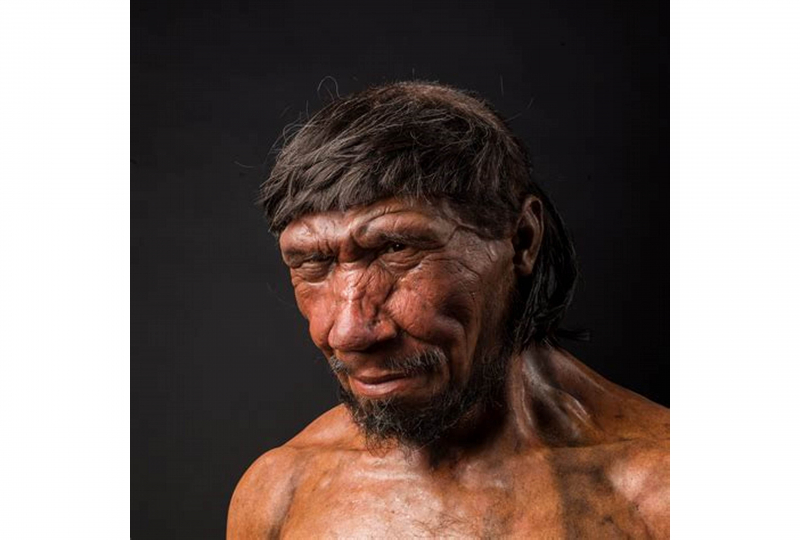
https://www.moesgaardmuseum.com 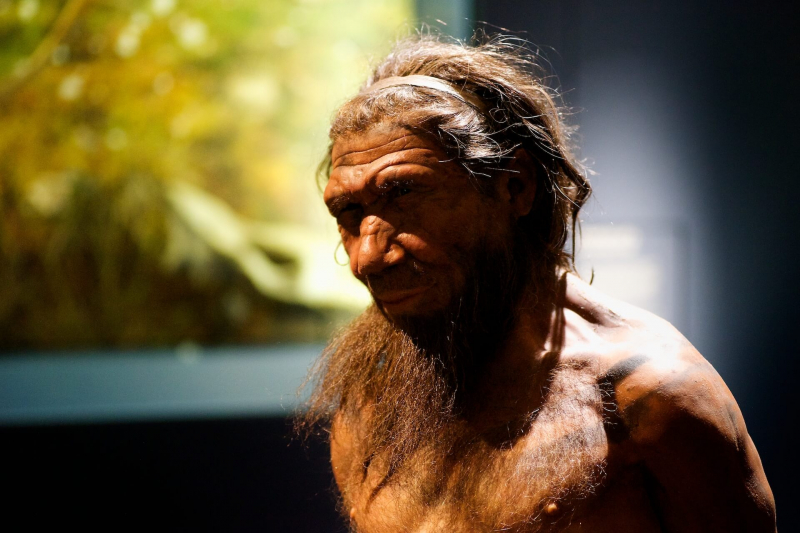
https://geneticliteracyproject.org -
The discovery of bones in numerous caves has led to an evolution in our knowledge of Neanderthals, including the fact that these people most likely not only had a high regard for the elderly members of their tribes but also took care of them until they passed away.
The bones of a guy who had lost his teeth before being buried were unearthed when bones were recovered in southwest France. They also understood that he probably had trouble walking in his latter years based on the shape of his leg bones. This implied that, before to passing away, he could hardly support himself.
William Rendu, the study's principal author, stated that the evidence revealed in his bones suggests that the community not only treated him respectfully when burying him, but also provided for him till the very end of his life. Neanderthals had the option of being heartless and letting this man pass away before he was due to pass away from natural causes, but they cared for him until the very end. This implied that Neanderthals possessed high levels of intelligence, empathy, and morality.
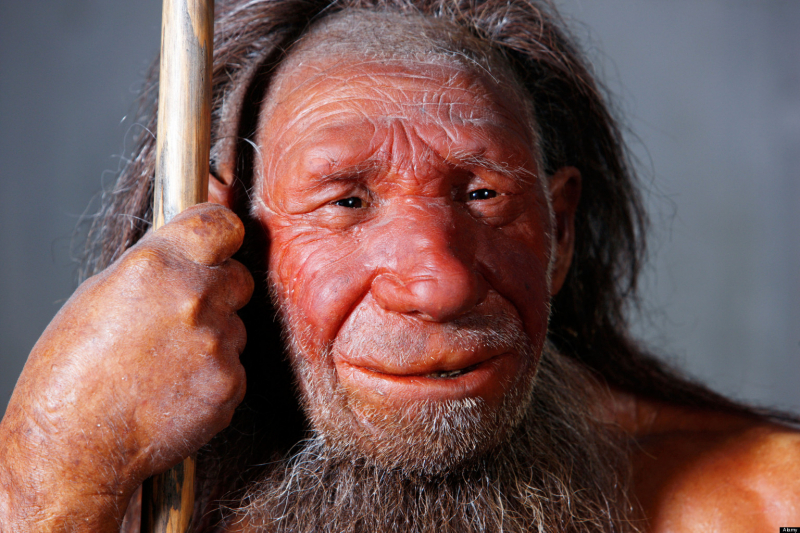
http://theuprightmonkey.wordpress.com/ 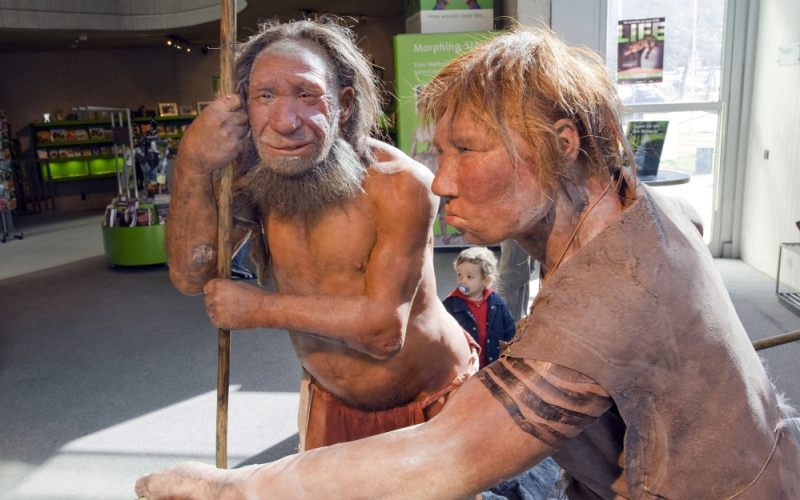
https://www.businessinsider.in -
In contrast to our perception of the discovery and use of fire as being primitive, a study conducted by the University of Colorado-Boulder looked at earlier uses of fire inside Neanderthal civilizations. When it comes to Neanderthals and fire, our early assumptions were that they occasionally used it. Further investigation of other Neanderthal sites in Europe caused the idea to change, and experts were shocked to learn that, in light of the data, it was possible that they had been mistaken and that Neanderthals were expert users of fire.
Nobody actually knows when fire was first discovered. The notion around Neanderthals and fire was crude in its judgment because there are only theories and no conclusive findings. It's hard to refute that we were mistaken in thinking Neanderthals weren't capable of using fire; it was actually present in practically every area of their way of life, as evidenced by fireplaces, charcoal residues, charred bones, heated stone objects, and burned sediment.
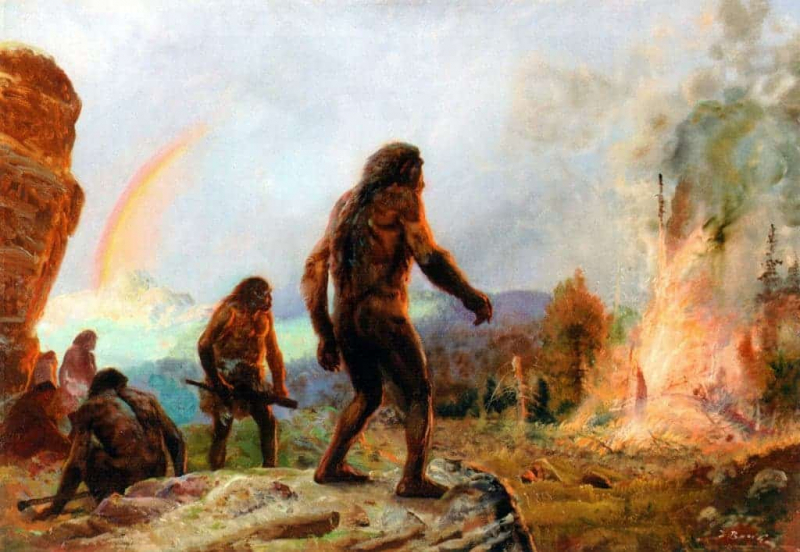
https://www.zmescience.com/ 
https://www.pinterest.com/ -
Anyone who wants to survive usually picks up a few skills to help them get their next meal. There was no exception to this logic for Neanderthals. Evidence from their time traversing Eurasia shows they were exceptionally skilled hunters. They had outstanding cognitive powers, which helped them plan attacks, and were able to catch and kill game with ease thanks to a healthy combination of wit and ability.
Together, Neanderthals hunted for food all throughout Eurasia. Neanderthals may have had exceptional hand dexterity, enabling them to produce cutting-edge hunting tools like stone-tipped spears to take down their prey. Beyond their preferred weapon and strategy of using numbers to their advantage, Neanderthals were not weak. Our distant anthropological cousins' bones revealed numerous fractures similar to those seen in elite rodeo competitors.
They not only survived, but also prospered as hunters thanks to a combination of physical prowess, cooperation, and intelligence in recognizing migration patterns and the timing of their stays in particular regions of Eurasia.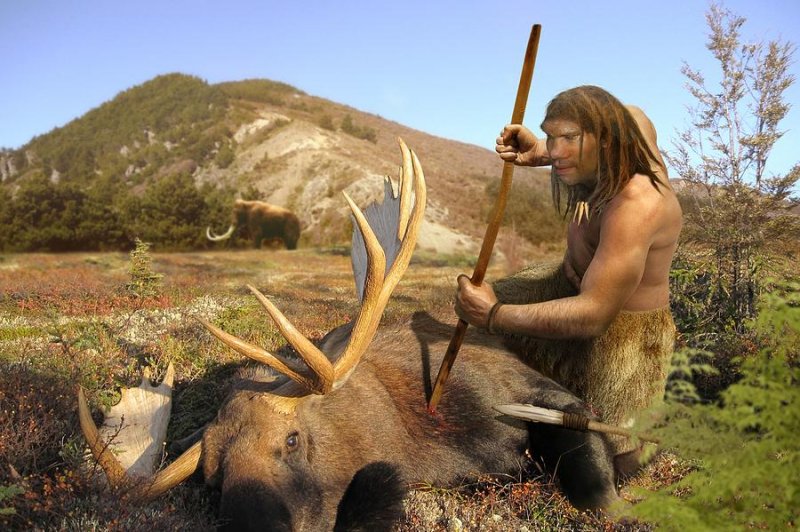
https://fineartamerica.com/ 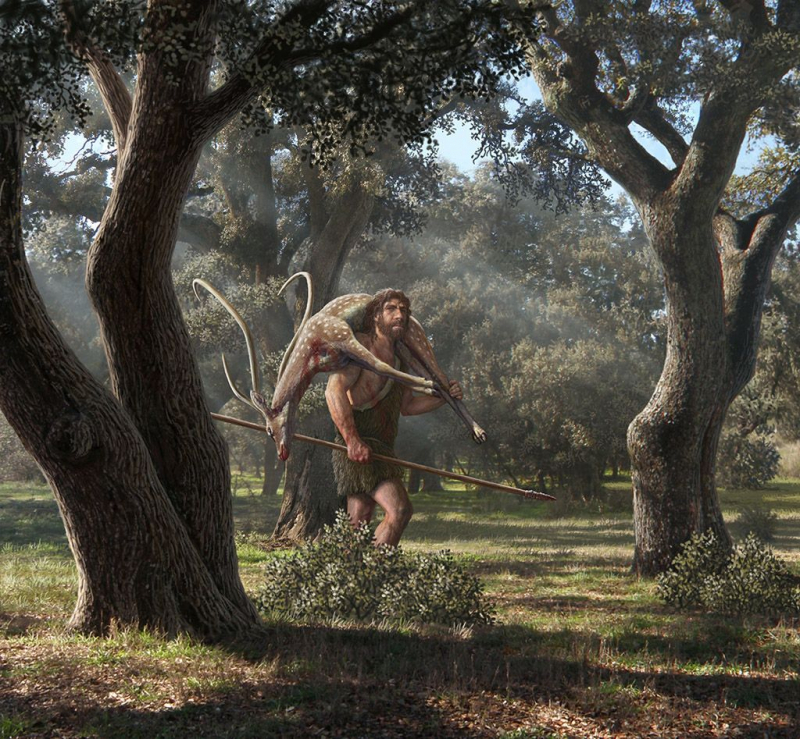
https://www.pinterest.ca/ -
The results of a study on what are thought to be the earliest examples of art were published in 2018. More than 65,000 years old paintings of animals, geometric symbols, dots, handprints, engravings, and hand stencils made with a substance that resembles modern paint have been discovered in three caverns in Spain.
We now have crucial knowledge on the history of art within Homo sapiens societies because to this significant discovery. It also revealed details about some of the earliest manifestations of culture among prehistoric humans. There was also evidence that Neanderthals may have worn ancient jewelry with body decoration that dates to between 40,000 and 45,000 years ago.
The evidence from these caves also demonstrated that, although the cave paintings were older than 65,000 years, other artifacts, like perforated seashell beads, were older than 115,000 years. This indicates that Neanderthals and their art were not limited to a particular time period but rather persisted throughout their place in the Earth's history. They were actual pioneers of art and culture, long before there were structured communities, even though they weren't Da Vinci or Van Gogh.
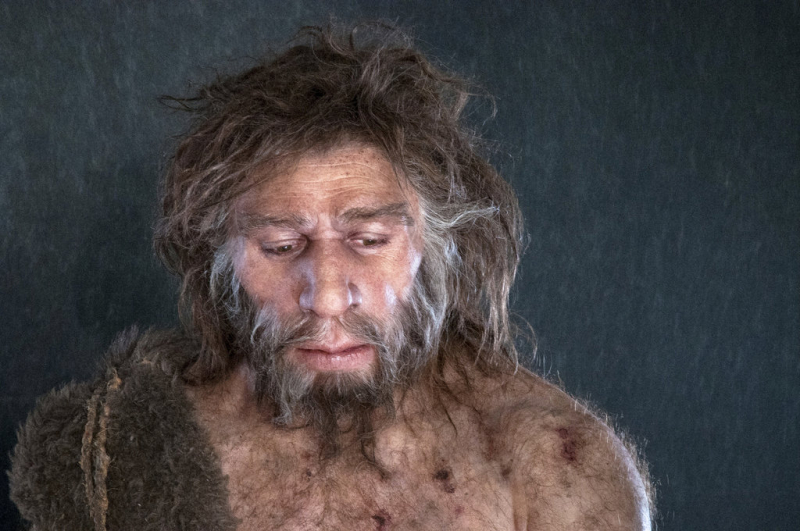
https://www.nytimes.com/ 
https://www.pinterest.com/ -
Around the same period, wooly mammoths and neanderthals both lived on Earth. Given their 12,000-pound size and the Neanderthals' better hunting abilities, woolly mammoths were frequently the prey. Recent discoveries have revealed molecular similarities between Neanderthals and wooly mammoths, providing an exceptional illustration of convergent evolution.
The ancestors of woolly mammoths, Mammuthus rumanus, originated in Africa and remained there before emigrating to Eurasia. Through this migration, they were able to adapt to Eurasia's unique climate, which was colder than that of Africa. When these genomes were mapped and separated, their physiology was one that could cope with these conditions.
Neanderthals, who are believed to have originated in Africa and then immigrated to Eurasia, likewise had to adjust to these radically different environmental factors. The analysis of both genomes has provided data that suggests they probably evolved to these circumstances at the same time, sharing ecological niches and eating woolly mammoths. This has led to the tenable conclusion that, as a result of migration and adaption to their new environments, woolly mammoths and Neanderthals both have commonalities in their molecular structure.
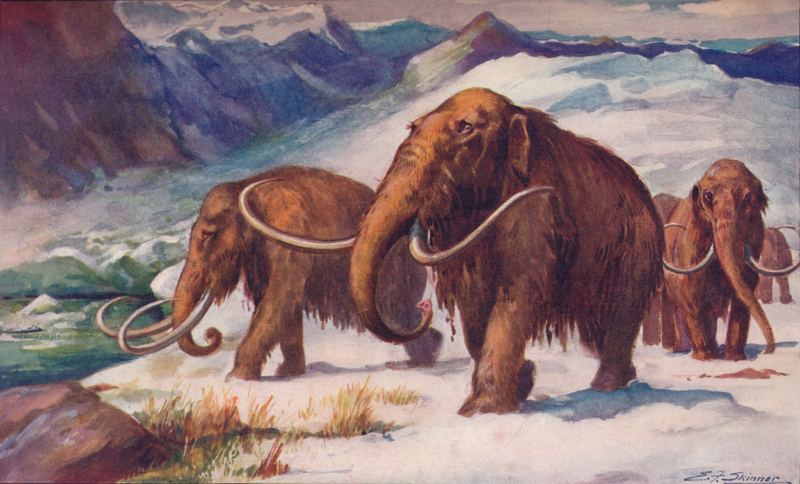
https://flipboard.com/ 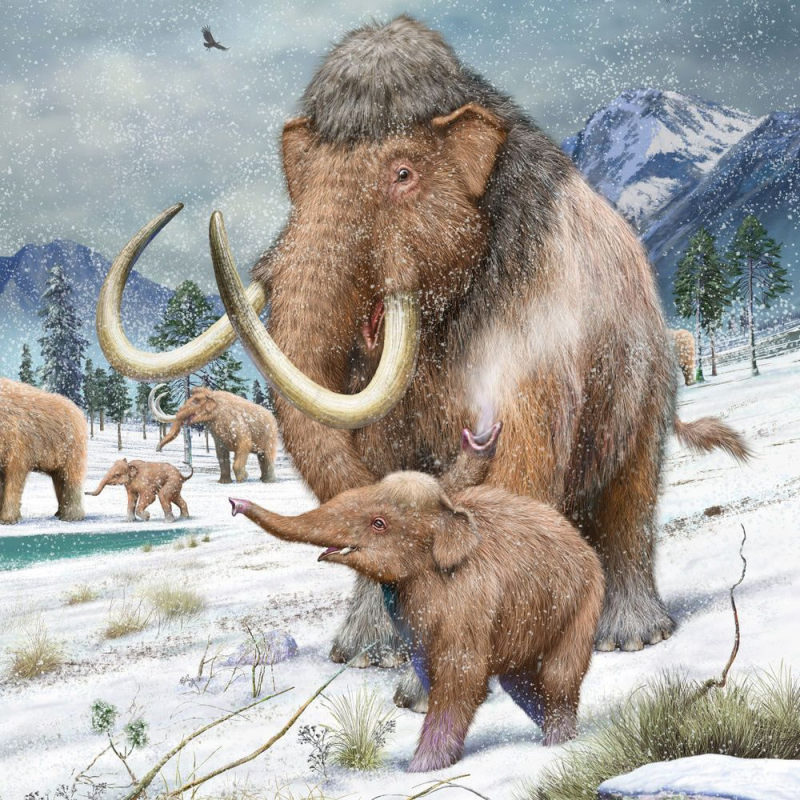
channel on Youtube -
We typically assume immediately that Neanderthals, or what we more generally refer to as "cavemen," only used grunts to communicate. Although it's true that they lacked the most complex or advanced vocabularies, their mode of communicating wasn't as archaic as grunting.
Due to their bodily composition, neanderthals were able to speak in complicated speech patterns. They had a hyoid bone in the neck that supported their tongue, just like modern humans do. This bone, which is shared by humans and neanderthals, aids in vocalization.
Because of this crucial bone, we are both able to speak, but it does not mean that we sound the same. Neanderthals' chests, nasal cavities, and throats differed from those of modern people in shape. The phonetic characteristics of Neanderthals' speech patterns were influenced by a combination of their particular makeup and posture. The general belief is that their voices were much louder and higher pitched than ours.
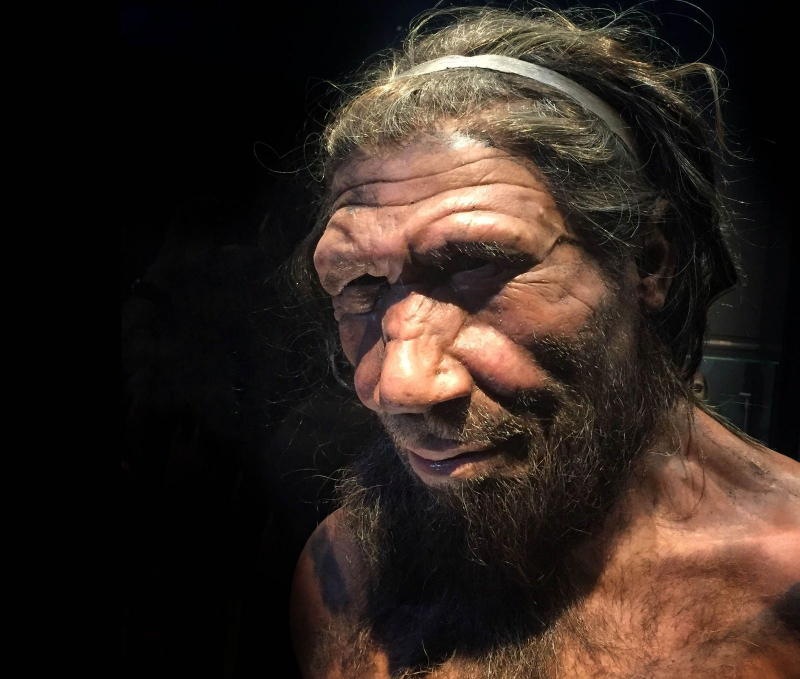
https://www.smithsonianmag.com/ 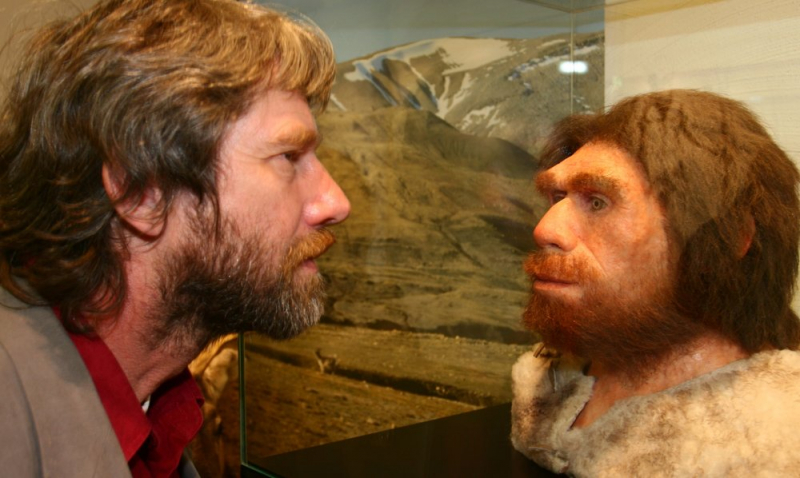
https://loanpride.com



























